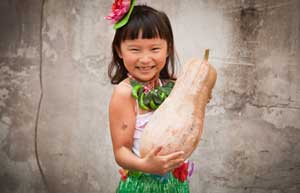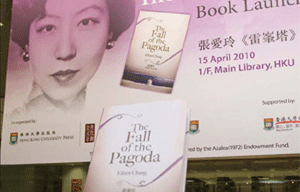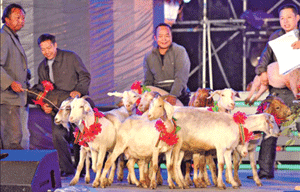Long strands stretching through history
Updated: 2011-10-04 07:56
By Deng Zhangyu (China Daily)
|
|||||||||
Backgrounder
Noodles are the most ubiquitous food on Chinese bowls, and they are staples for the northern Chinese. Based on region, the variety in production, ingredients, shape and cooking method number up to the hundreds.
The Chinese, Italians and Arabians have all claimed to have invented noodles, but the argument was ended when an archaeological discovery in 2005 proved that the oldest noodles were found in Qinghai province in China.
The 4,000-year-old noodles appeared to be thin and long, made from millet and broomcorn - rare ingredients these days.
The first written account of noodles dates back to the East Han Dynasty (AD 25-220). At that time, noodles were called "soup bread". People in the Tang Dynasty (AD 618-907) ate noodles which were soaked in water after being boiled. It's said that Wu Zetian, the only female ruler in Chinese history, invented this dish to honor the memory of a childhood sweetheart.
Dried noodles appeared during the Yuan Dynasty (1271-1368), about the time that Marco Polo was said to have brought Chinese noodles back to Italy, where they became pasta.
The Italians may dispute that, and they may be right. Pasta is made from durum wheat, which is springy and much harder. Chinese noodles are made from wheat, softer and easier to chew.
There are countless ways in which the Chinese make, serve and eat noodles. Apart from being a daily staple, noodles are often served during birthdays. For a people very fond of symbolic auspiciousness, the strands represent longevity with "longer noodles, longer life".
No matter where your travels bring you in China, you can be sure that you will be able to enjoy a bowl of delicious noodles.
China Daily
(China Daily 10/04/2011 page9)










